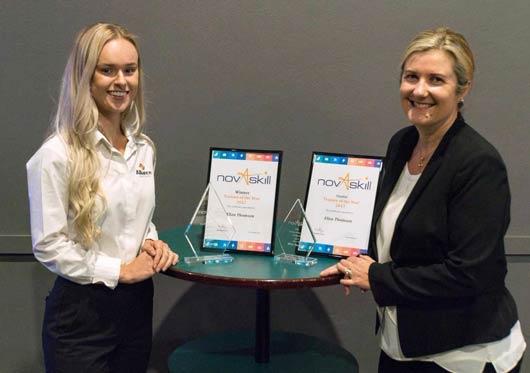Australia's latest gender equality scorecard released
More employers are taking action to address pay gaps and gender imbalances that persist across the economy, according to 2016-17 workplace data released by the Workplace Gender Equality Agency (WGEA).
The fourth year of WGEA data records strong improvements in organisations conducting gender pay gap analyses, making managers accountable for gender equality outcomes, promoting women into manager roles and encouraging flexible work arrangements.
The data also confirms that every industry and occupation across the Australian workforce has a full-time gender pay gap favouring men, with women earning on average just 78% of men’s full-time earnings. The average annual pay packet of full-time female employees is $26,527 less than men’s, rising to $89,216 at the top level of management.
Pay gaps favouring men were also identified in every occupational category, from 8.4% for Clerical and Administrative workers (worth $6,472) to 26.7% for Technicians and Trades workers (worth $28,042).
Management roles continue to be heavily dominated by men with women remaining under-represented in the upper leadership echelons, holding just 16.5% of CEO roles and 29.7% of key management personnel roles. Some of the key findings included in the scorecard are (with percentage point movement since 2015-16):
• Gender pay gap (full-time total remuneration): 22.4% (down 0.7 pp)
• Employers who have conducted a gender pay gap analysis: 37.7% (up 10.8pp)
• Employers with manager KPIs related to gender equality: 28.4% (up 5pp)
• Appointments of women to manager roles (including promotions): 43.4% (up 0.8pp)
• Employers with flexible work policies: 68.3% (up 5.3pp)
• Proportion of women directors on boards and governing bodies: 24.9% (up 0.2pp)
Other Articles from this issue
Novaskill Trainee of the Year
In a looming labour market of extensive skills shortages, Alliance Labour Solutions continues to ensure they are combatt...


Guiding organisations in realising the potential in workplace
Emma Rutter, a Property Advisor with APP Corporation is working with businesses to help them articulate and achieve the...


The illusive quest for "Work-life balance
About 2 years ago, I came up with the radical idea that taking a day or 2 off a month would be a great thing – a great t...


Practical guidance on Buy / Sell Agreements
What would happen if a co-owner of your business suddenly passed away, became bankrupt, retired or became permanently un...



